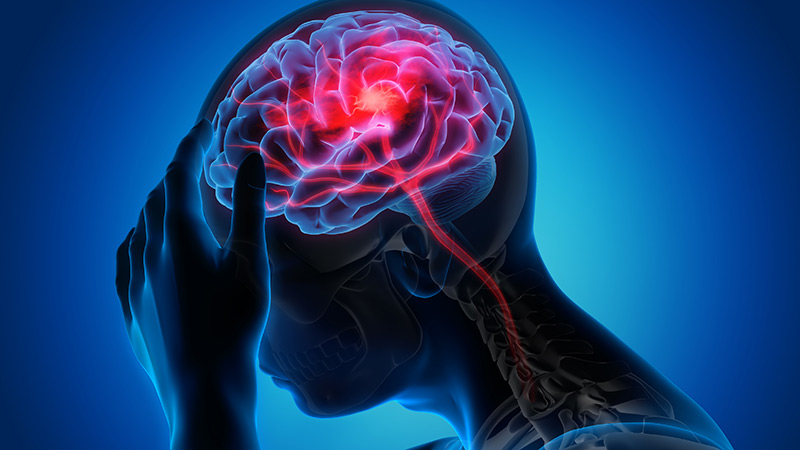
One of the biggest factors in the prognosis of someone who has had a stroke is that the need for medical attention is identified and they are treated as quickly as possible.
The effects and cause of a stroke vary depending on the type of stroke, its location and the medical response to it.
Keep reading to learn more about the difference between the types of strokes, how to recognize the signs of a stroke and what to do if you suspect you or a loved one may be having one.
What Are the Types of Strokes? What’s the Difference?
The big difference in the two main types of strokes is that one is caused by a blockage while the other is due to an artery breaking.
Hemmhoragic Stroke
This type of stroke is caused by an artery breaking and blood not making it to the brain.
There may be underlying causes such as an infection, disease or injury that has broken down the artery. A tumor or traumatic brain injury may also lead to a bleeding out stroke.
Ischemic Stroke
In this type of stroke, the artery hasn’t torn or broken but is blocked in some way. One of the most common causes of this kind of stroke is a buildup of plaque in the artery that prohibits blood from making it to the area it’s needed.
There are also transient ischemic strokes which are a temporary blockage that doesn’t lead to a complete blockage. It may cause symptoms or medical concern for a few seconds or minutes and then they person will quickly feel better. This is still a serious event that should be treated by a medical professional.
Stroke Facts
There are 130,000 deaths caused by strokes in the United States each year.
It is the leading cause of death and while many Stroke charity and research facilities won’t be getting their usual funds due to everyone concentrating on the Covid-19 virus, it is still a deadly threat that you need to be aware of.
Signs of a Stroke
One of the best tools for recognizing a possible stroke happening in front of you is to use the F.A.S.T. assessment.
The first thing you may notice is that the person’s face is drooping. This may be one entire side of their face where their mouth cannot make an even smile, the eye and cheek are as though they have freezing in them and the person has no control over them.
The next thing is to ask the individual to raise both arms to shoulder height in front of them. If they are unable to do so or one arm starts drifting back down they may have unilateral weakness caused by a stroke.
You may notice a difference in their speech. Mainly that they are slurring or unable to pronounce words. They may be attempting to say a sentence that comes out as unrecognizable or seem like gibberish.
Time is important when treating a stroke so it’s critical to get treatment fast.
These are not the only signs of a stroke. Other symptoms of strokes include:
- Tingling or numbness
- Confusion or immediate memory loss
- Difficulty controlling facial features (eyes fluttering, nerve twitching, drooling)
- Muscle contraction or loss of control
- Severe headache
- Inability to perform ADL
Any combination of these symptoms or other unexplained difficulties should be brought to the attention of emergency medical professionals.
Don’t Delay Treatment
If you believe you or someone else is having or has just had a stroke call 9-1-1 immediately. Don’t drive them to the hospital yourself because an ambulance can start treating them immediately and can get them to the hospital more quickly and safely than anyone.
Don’t forget to bookmark our site for easy access to all our tips for living your best life.